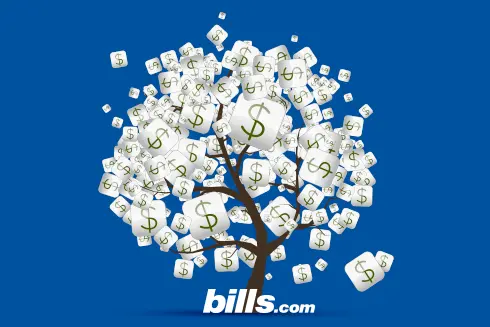
Get rid of your debt faster with debt relief
Choose your debt amount
Or speak to a debt consultant 844-731-0836
How much may a judgment-creditor be allowed to charge in interest on a balance in Ohio? What can I do if they exceed that rate?
I'm trying to settle a judgement that's almost five years old. The judgement is from an auto loan. I paid on the loan for 42 mo which was over $11,000 including interest. I had 18 months left when I ask for a voluntary repossession. Which left a balance of $4800.00 including interest but couldn't pay it. The judgement is for $6400.00 which includes the balance plus fees. I was trying to settle this judgement but now they are saying that I owe over $14,000 including interest. Is this legal, because what I owed at the time of repossession was including interest? I live in the state of Ohio. What are the necessary steps for me to settle this at the amount of the judgment or less? I feel that the interest was already included in the balance.
In Ohio, the maximum legal interest rate that a judgment-creditor can charge is the short-term Treasury rate plus 3 percent. Today, the short-term rate is about 1 percent. Therefore, the most a judgment creditor can charge you in interest is about 4 percent. By my calculations using a generous 6% interest rate, a five-year term, and a $6,400 starting point, the maximum legally allowable in Ohio today would be about $8,500. At reasonable 4% rate, the most a court would allow a judgment-creditor to collect from a judgment-debtor in Ohio in your situation is $7,786.
Accordingly, work from $7,800 as the absolute maximum you would ever consider paying to resolve the debt. Here is an alternative you may want to ponder: Scrape together a lump-sum of $3,500 or so. Contact the judgment-creditor, which at this point may be a law firm, and open a negotiation. Explain that you would like to resolve the debt immediately, and are willing to overlook the fact that the judgment-creditor is exceeding statutory maximum interest rate on the judgment balance. Explain that you are prepared to make monthly payments, but would rather resolve it once and for all. Offer the judgment-creditor a $2,500 lump-sum and then negotiate up from there.
If judgment-creditor will not accept final offer, explain that you would rather spend that amount on resolving the debt with them directly, but if they are insistent on you owing $14,000, you will consult with a consumer rights attorney in Ohio who will look into the creditor's exceeding the maximum allowable interest rate on judgment debt, and will determine if you have a cause of action under Ohio's laws. If they do not budge, then find an attorney in Ohio who has experience in consumer rights law and determine your rights and whether you can have the judgment vacated if the creditor is charging an illegal interest rate. If the creditor is charging an illegal rate, you may find an attorney who will work with you on a contingency basis. Start with NACA to find an consumer-rights attorney.
See Debt Negotiation and Settlement Advice for more tips and tactics on settling debt.
I hope this information helps you Find. Learn & Save.
Best,
Bill

Get rid of your debt faster with debt relief
Take the first step towards a debt-free life with personalized debt reduction strategies.
Choose your debt amount
Or speak to a debt consultant 844-731-0836